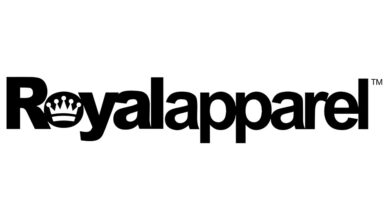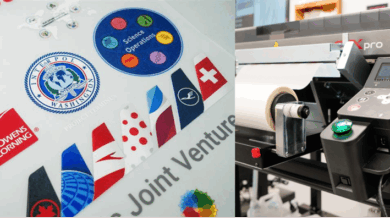The biggest advantage of coating an aluminum platen with rubber is to soften the printing surface. When the printing surface is softened it results in a better ink deposit. The downside to a rubber-coated platen is that the rubber won’t last forever. You can send the platens back to the manufacturer for resurfacing, but that becomes expensive. You may eventually find yourself buying new rubber and gluing it on yourself, but remember to smooth it out to avoid air bubbles. We have also heard stories of platens going unnoticed under a flash cure unit, causing the rubber to catch fire and melt/burn. While this is a case of user error, it’s still important to note the possibility if you’re not careful.
Uncoated platens are plain aluminum platens, and while they don’t sound fancy, you might find them more helpful in your shop than coated. Aluminum platens tend to last longer than their wood and rubber-coated counterparts. Aluminum platens heat up after repeated flashing, and they retain that heat. This is helpful for keeping your shirts warm and curing the ink, but if you’re not careful, and the platen gets too hot, you could start to cure the ink in the screen which is something you don’t want to do.



